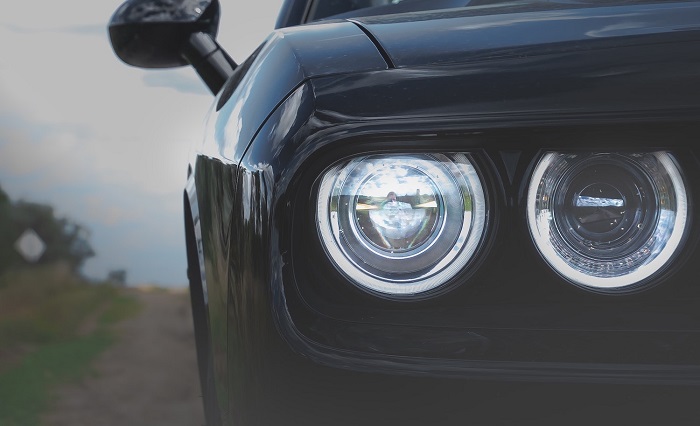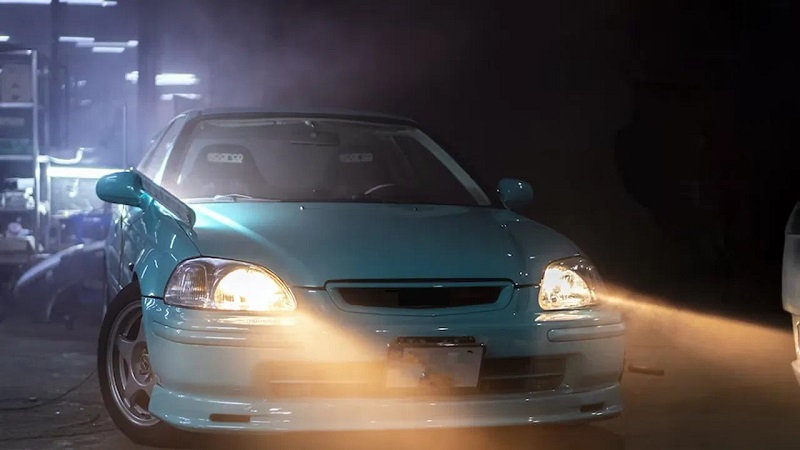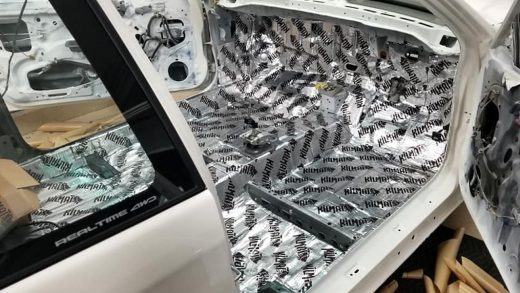Illuminating the Road Ahead: The Role of Headlights in Everyday Driving
Lighting tech has come a long way since the first mass-produced bulbs became available more than a century ago. For drivers, this has meant increased safety, decent brightness and lights that let you see and be seen. There’s also the push for LED lights, with lower power use, the ability to adjust lighting automatically, and lights that last longer, meaning lower costs and maintenance. Much of this tech has trickled down from luxury and performance cars and is now seen even in entry-level models without costing a fortune.
One of the most important safety components of any vehicle is the headlights. They’re positioned at the front of the car, with a lighting assembly producing a high and low beam to adjust brightness and visibility according to driving conditions. New tech like auto high beams, adaptive lighting and high-beam assist in cutting out much of the guesswork about when and where to use low and high beams, and automatically switch between the two to prevent blinding oncoming traffic. They also help in avoiding fines.
Contents
Head Light Types

Cars differ in the types of head lights that have. Older vehicles still rely on halogen bulbs for visibility, while High-intensity Discharge (HID) and LEDs are more common in recent models. The good news for all car owners is that they don’t have to settle with what they have and upgrades are readily available and easy to get right.
Halogen Bulbs
These work by heating a tungsten filament set inside a vacuum. This is surrounded by an inert gas to prevent oxidation and ensure they last. You can recognise headlights with halogens by their yellowish hue. While they provide decent brightness, and shine to appropriate distances, they get really hot, use quite a bit of power and won’t last long. This means more strain on the car battery, dim or flickering lights and frequent bulb replacements. The upside is that they are very cheap and widely available.
HIDs
HID lights get much brighter than traditional halogen bulbs. They have similar bulb designs, with a glass enclosure containing two electrodes and filled with xenon gas and metal salts. Light is produced by the electric charge between the electrodes and the xenon gas increasing the brightness. HIDs are easy to spot by the bluish or purplish hue. They’re easier on the eyes, use a lot less power and have a better spread of light. This means more visibility and greater distances. The only thing going against them is their higher price.
LEDs
Light-emitting diodes or LEDs are the newest lighting tech and the ones seen in most new cars today. They produce light when electrons are passed through the photon layer in the semiconductors or diodes. They’re much more compact, allow for different light designs and shapes, and have quite a few trump cards to play with. They can be tailored to shine at varying colour temperatures, from bright white to cooler colours like HIDs, and have very high brightness levels, and the best dispersion or uniformity for increased visibility.
Plus, they use the lowest amount of power (about half of the HIDs), aren’t directly affected by heat (though still require heat sinks near chips) and last the longest, being rated at over 50000 hours. And they’re cheaper to buy. Another advantage is that many light makers are now offering LED conversion kits, so drivers can upgrade their older halogen lights.
Considerations When Choosing the Right Bulbs

There are a few factors to consider when getting bulbs that work with your car:
- Compatibility – are the bulbs of the right size and type for the car? Do they fit the housing and will they work with the car electrics? Look for CANBUS-compatible LEDs when going with LED conversion kits to ensure they work.
- Brightness – all bulbs and LEDs in head lights are rated for brightness. This is stated either in lumens, or total light, or lux, or how that light is projected over a certain area. Higher numbers naturally mean more brightness and lights with a longer and wider spread of light for better visibility.
- Colour temperatures – the different bulb types shine in different colours, but LEDs tend to be more versatile and some can be calibrated for colour temperature, ranging between 4500 to 6000 Kelvin.
- Beam patterns – while low and high beams are a given, beam patterns in terms of spread and distance can vary wildly between different lights. Choose what is best for your vehicle and driving style.
- Longevity and price – LEDs will outlast most cars before they need to be changed. So, despite the higher purchase price, you won’t be shelling out any more cash in the long run. HIDs are quite expensive and harder to find but last around 5,000 hours. Halogen bulbs, while the cheapest option here, can work up to 1000 hours, so need to be changed more regularly.
Buying Replacement and Upgrades
If you’ve been involved in an accident or the lights have called it quits, you can get OEM replacements or aftermarket options with better lighting performance. Manufacturers offer complete assemblies, with housings, lenses, bulbs and wiring harnesses for your make, model and MY. Some also have integrated daytime running lights or DRLs.
Go with direct OEM replacements if you’re satisfied with what you’ve got, or opt for aftermarket upgrades (there are dozens of specialist lighting brands to choose from) if you need higher brightness levels, better build, lights that are easier on the eyes, and bulbs that will last longer. When buying complete headlight assemblies also check the quality of the housings, and that they come with the correct wiring for quick and easy installation.

















